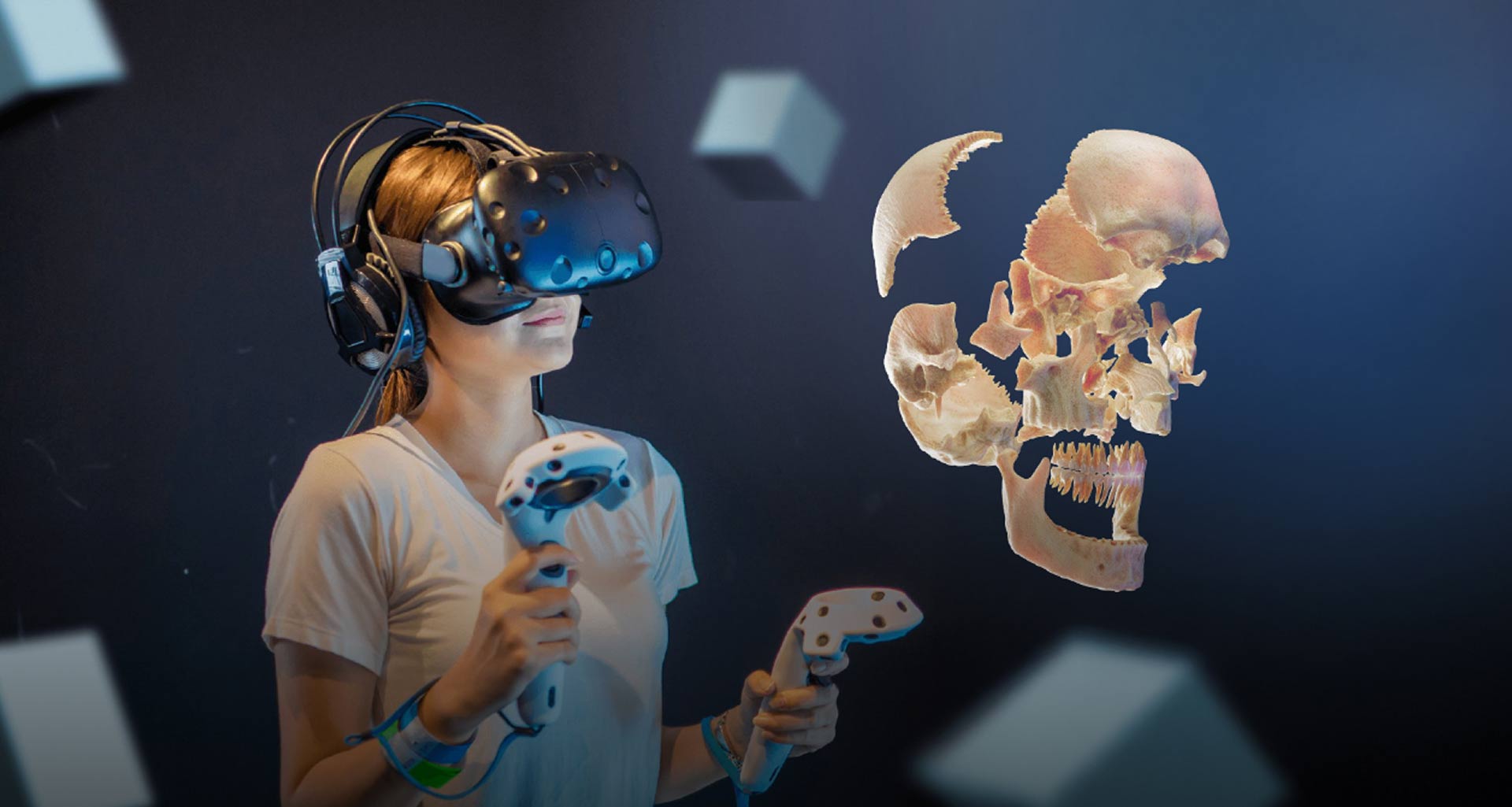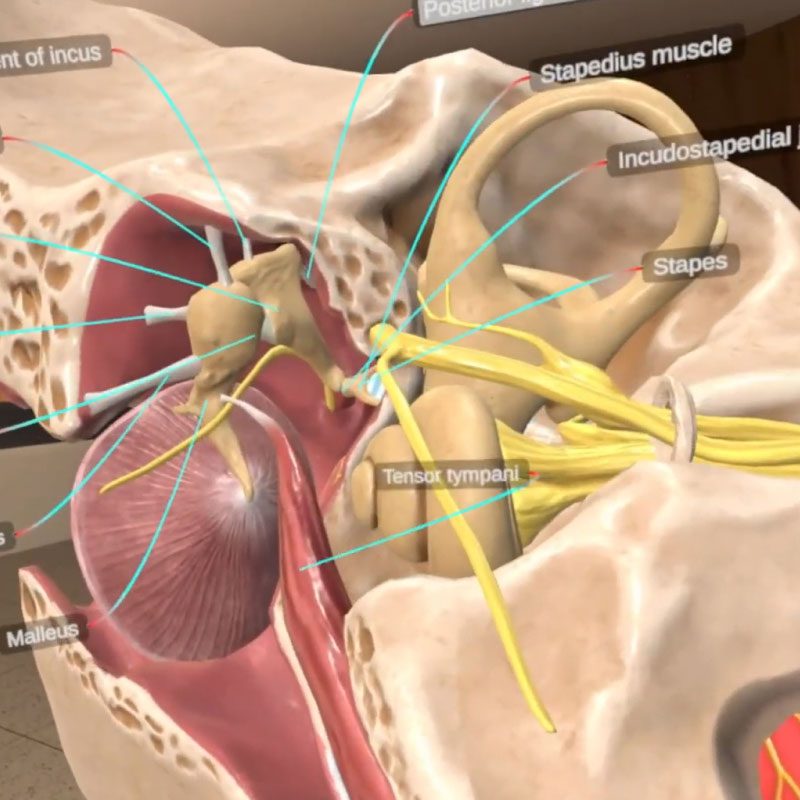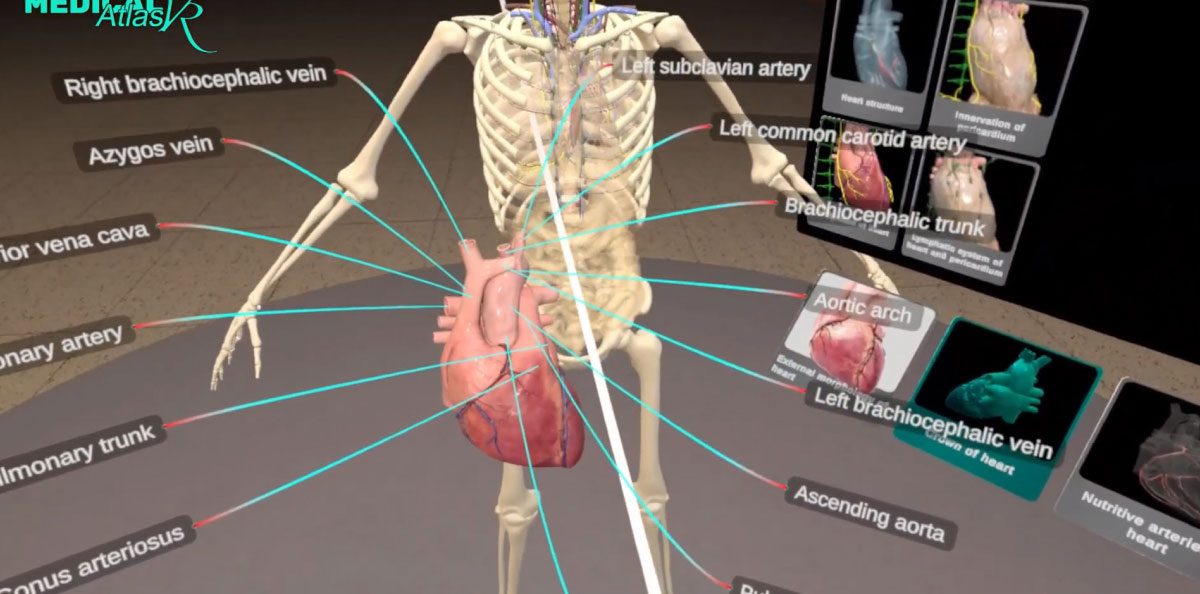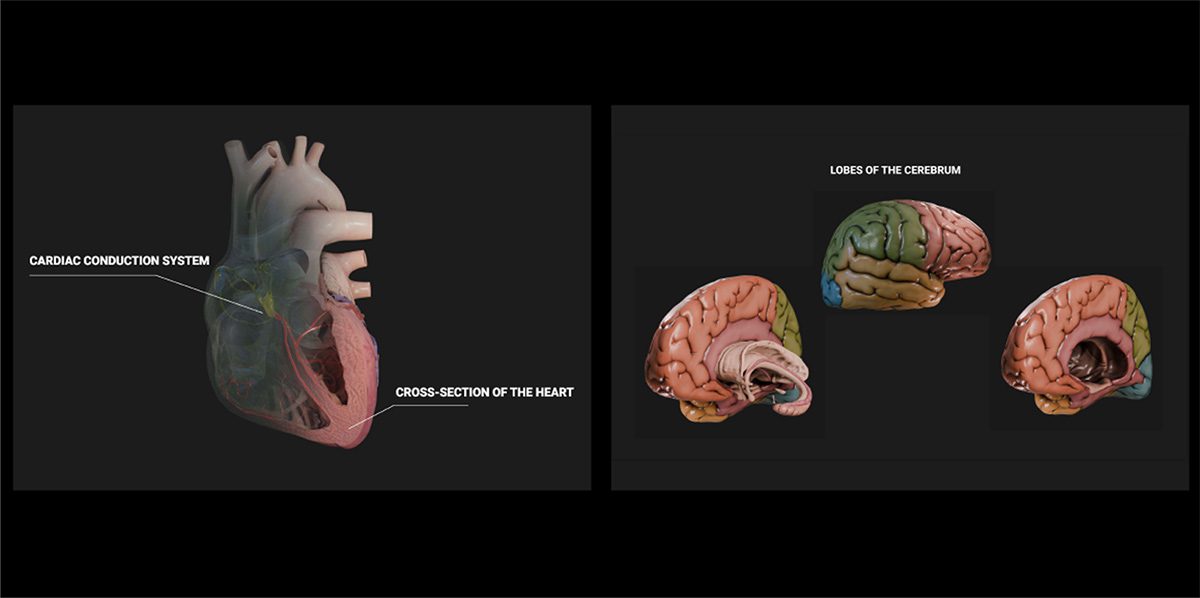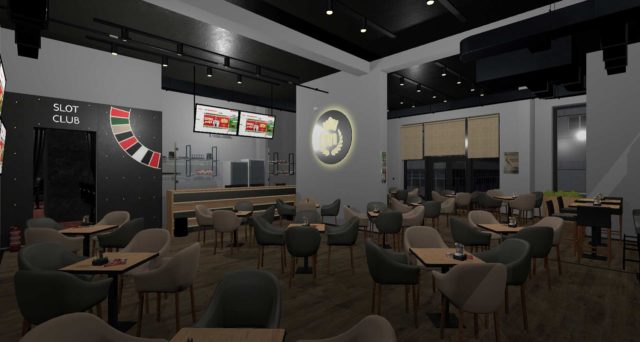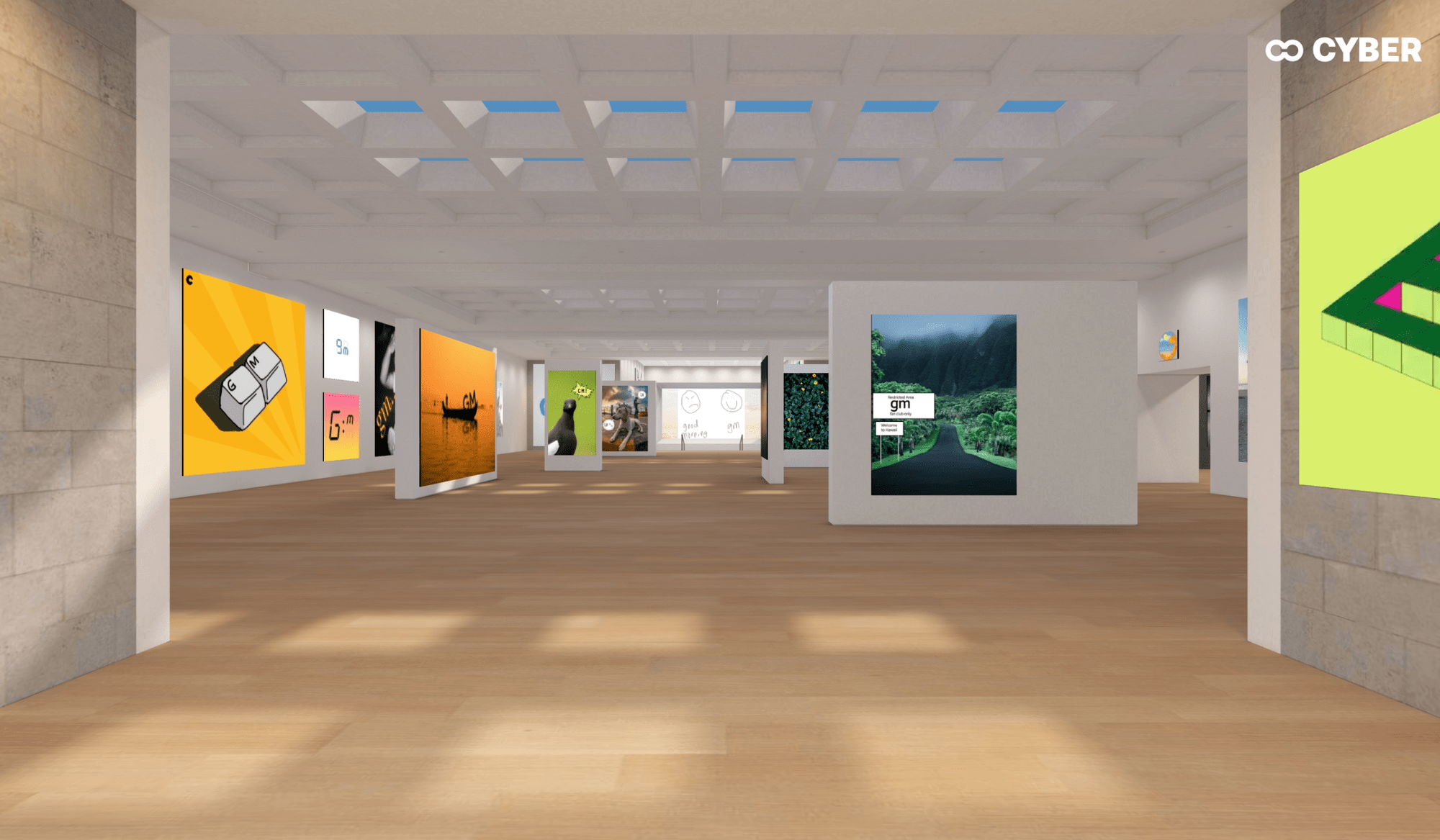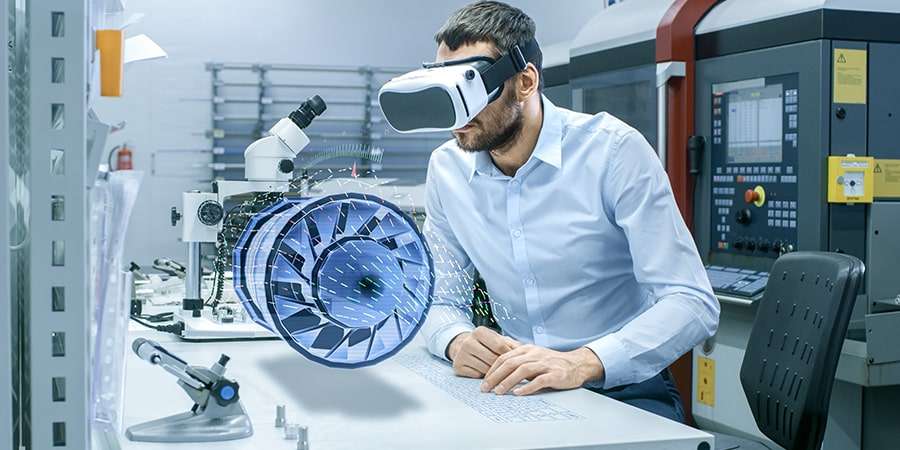CLIENT
Medical Atlas
Industry
Education
Technology:
R | HTC Vive | Unity | 3D Modeling
Challenge
Traditional methods of teaching human anatomy (2D diagrams, textbooks, and static models) often fail to convey the spatial complexity and interconnectedness of organs and systems.
Client Request
Develop a Virtual Reality (VR) application for HTC Vive that:
-
Visualizes the human body in an immersive 3D environment
-
Allows detailed and intuitive exploration of organs
-
Supports multiple levels of complexity for different learner profiles
Our Solution
We designed and built an interactive VR application focused on spatial learning and multi-level anatomical visualization, structured into two main detail layers:
Level 1 – High Detail + Interactivity
Designed for advanced learners (e.g., medical students), this level includes:
-
Exploded Views: Deconstruct each organ into layers and parts
-
Cross-Sections: Explore transverse or longitudinal cuts with data overlays
-
Info Panels: Text-based anatomical insights for each segment
-
Organ-Specific Navigation: Zoom, rotate, and isolate components
Organs in Level 1:
-
Brain – Full segmentation with cross-sections and labeled zones
-
Spinal Cord – Detailed with nerve pathways and vascular systems
-
Eye – Internal/external breakdown with clear part definitions
-
Heart – Layered anatomy: chambers, vessels, valves
Level 2 & 3 – Simplified Exploration
Targeted at beginners or general education, this mode provides:
-
Solid 3D models of organs with external shape and position
-
Rotation, isolation, and spatial location understanding
-
Simplified navigation between systems and organs
Technical Overview
VR Deployment:
| Platform | HTC Vive – Room-scale VR with precision tracking |
|---|---|
| Engine | Unity – Unity – Scene management, interaction, UI |
| 33D Modeling | Optimized high-res anatomical models |
| Interaction Design | Intuitive hand/controller-based manipulation |
| Architecture | Modular system – Easily expandable with new organs or functions |
Functionalities Overview
-
Interactive 3D Human Anatomy model
-
Exploded views for organs with part-by-part examination
-
Cross-sections and internal anatomy overlays
-
Organ isolation and system-level filtering
-
Full 360° exploration using VR controllers
-
Dynamic info panels, highlights, and layered toggles
Would you like to find out more about our VR & XR Medical & Clinical training solutions?
Find out moreThe Result
The VR solution provides:
-
Deeper understanding of anatomy through immersion and interaction
-
Safe, hands-on exploration of delicate internal systems
-
Adaptive learning through scalable content levels
-
Multi-user scalability, from high schools to universities and medical institutions
Delivery & Scalability
-
Fully installable VR application for HTC Vive
-
Deployment manual for institutions
-
Expansion-ready for additional content/modules
Schedule a free
consultation call
with one of our
VR & XR experts
Let’s talk! — we’ll help you get started
From our Blog
Technology and business intelligence
Technology and business intelligence Technology and business intelligence are two critical components of success in the ...
The Latest and Greatest in Product Presentation and Technology: AR & VR
The Latest and Greatest in Product Presentation and Technology: AR & VR Organizations all over the ...
Subscribe to our newsletter.

